Media Codes and Conventions
Media codes and conventions are like the building blocks of all the media around us. Media codes generally have an agreed meaning, or connotation, to their audience. There are three types of media codes, symbolic codes, technical codes and written codes. Conventions are expected ways in which codes are organised in a product.

Symbolic Codes
Symbolic codes are social in nature. What this means is that these codes live outside the media product themselves, but would be understood in similar ways in the ‘real life’ of the audience. For instance, if you saw somebody receive a red rose in a film, you would assume there is a romantic relationship between the two characters. If you gave somebody a red rose in real life, you might be hoping the same. Symbolic codes in media include setting, mise en scene, acting and colour.
Setting is the time and place of the narrative. When discussing setting, you can describe the setting of the whole story or just a specific scene. A setting can be as big as the outback or space, or as small as a specific room. Setting can even be a created atmosphere or frame of mind.
Mise en scene
Mise en scene is a French term that means ‘everything within the frame’. In media terms it has become to mean the description of all the objects within a frame of the media product and how they have been arranged. An analysis of mise en scene includes:
- *Set Design
- *Costume
- *Props
- *Staging and Composition
Acting
Actors portray characters in media products and contribute to character development, creating tension or advancing the narrative. The actor portrays a character through:
- *Facial expression
- *Body Language
- *Vocal qualities
- *Movement
- *Body contact

Colour has highly cultural and strong connotations. When studying the use of colour in a media product the different aspects to be looking at are:
- *Dominant colour
- *Contrasting foils
- *Colour symbolism
Technical Codes

Technical codes are codes that are specific to a media form and do not live outside of them. For instance, our understanding of different camera shots and their connotations make sense when we look and films and photographs, but mean nothing to us outside of those forms. Technical codes in media include Camerawork, Editing, Audio and Lighting.
Camerawork
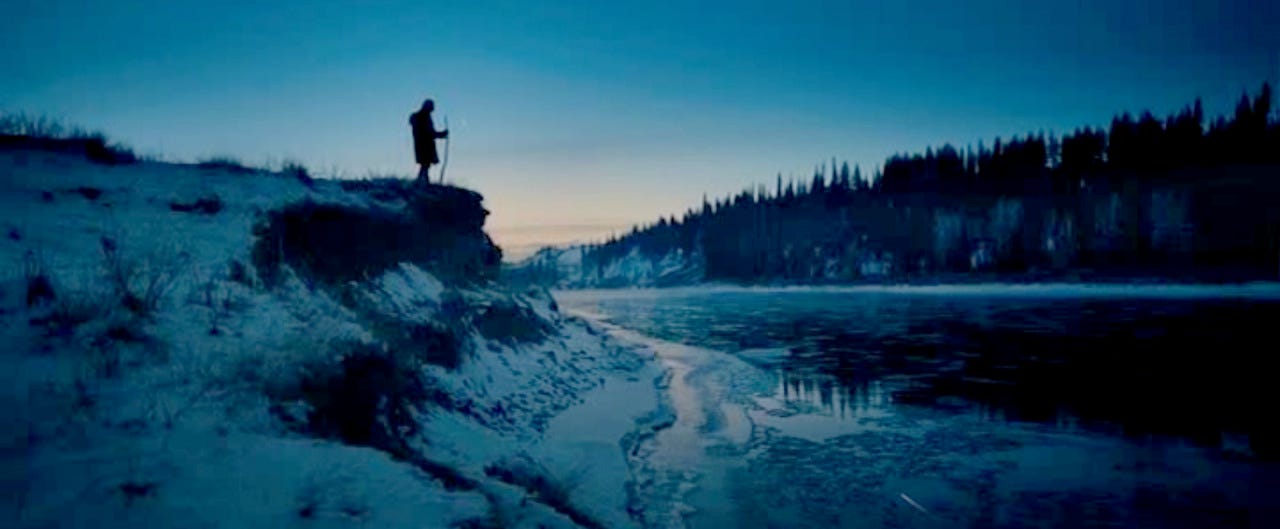
Camerawork refers to how the camera is operated, positioned and moved for specific effects. Aspects of camerawork include:
- *Positioning
- *Movement
- *Framing
- *Exposure
- *Lens choice
Editing

Editing is the process of choosing, manipulating and arranging images and sound. Editing is generally done for four different reasons:
- *Graphic edits
- *Rhythmic edits
- *Spacial edits
- *Temporal edits
Audio
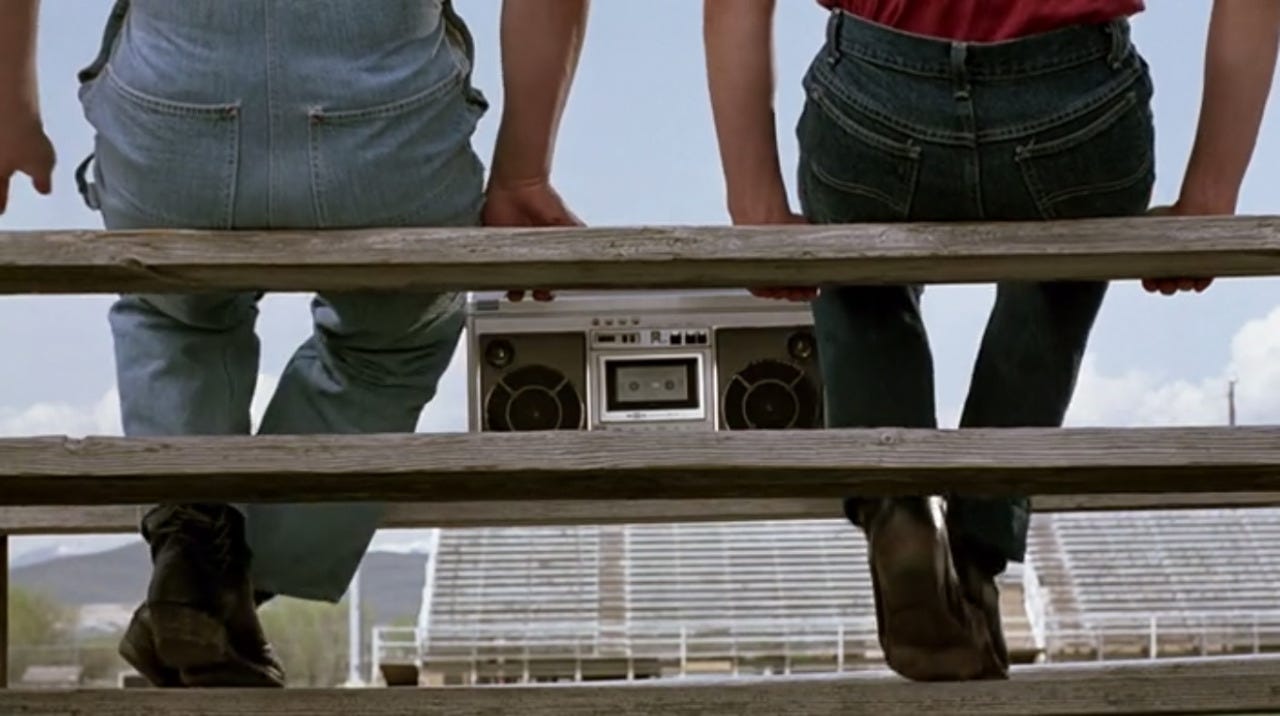
Audio is the expressive or naturalistic use of sound. Audio can be diegetic or non diegetic. The three aspects of audio are:
- *dialogue
- *sound effects
- *music
Lighting
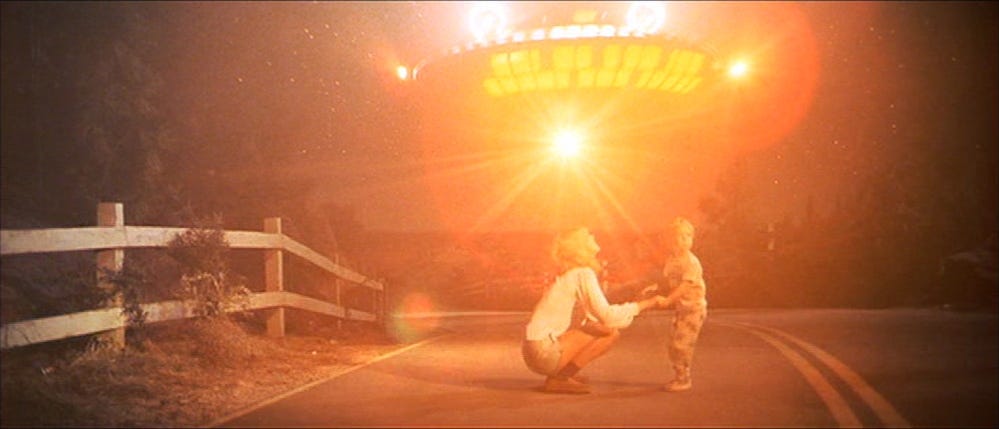
Lighting is the manipulation of natural or artificial light to selectively highlight specific elements of the scene. Elements of lighting include:
- *Quality
- *Direction
- *Source
- *Colour
Written Codes
Written codes are the formal written language used in a media product. Just like technical and symbolic codes, written codes can be used to advance a narrative, communicate information about a character or issues and themes in the media product.
Written codes include printed language which is text you can see within the frame and how it is presented, and also spoken language, which includes dialogue and song lyrics.
Written Codes The study of written codes includes:
• Headlines/Titles •
Typeface/Font •
Slogans/Taglines
• Captions (print) or inter-titles (moving image)
• Style
• Choice of words
• Emphasis of words
Conventions
Conventions are accepted ways of using media codes. Conventions are closely connected to the audience expectations of a media product. Different types of conventions include form conventions, story conventions and genre conventions.
Form conventions
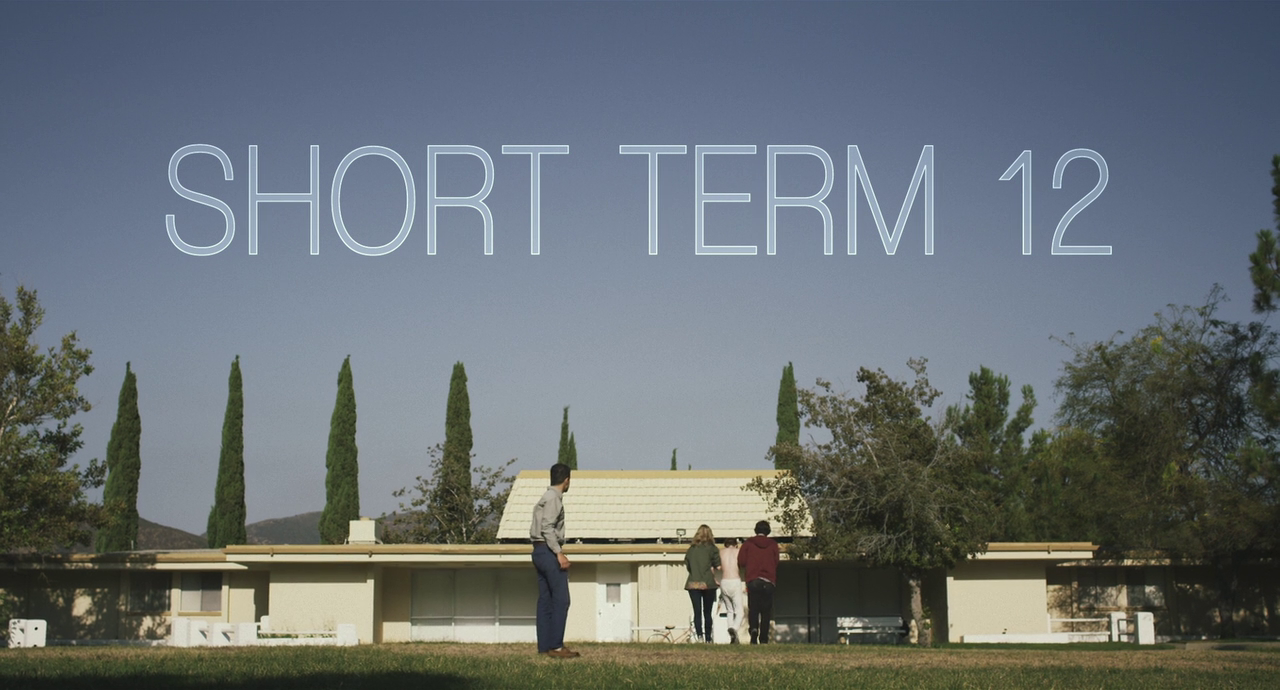
Form conventions are the certain ways we expect types of media’s codes to be arranged. For instance an audience expects to have a title of the film at the beginning, and then credits at the end. Newspapers will have a masthead, the most important news on the front page and sports news on the back page. Video games usually start with a tutorial to explain the mechanics of how the game works.
Another example would be continuity editing. Most video forms follow a set of editing rules and techniques called continuity editing which allows for the audience to easily understand what is going on in a scene and who is talking to who.
Story Conventions

Story conventions are common narrative structures and understandings that are common in story telling media products. Examples of story conventions include:
- *Narrative structures
- *Cause and effect
- *Character construction
- *Point of View
Importance of Media Codes and Conventions
Codes and conventions: A way of constructing meaning in media texts to communicate ideas and impressions for an audience.Technical codes include camera angles, sound and lighting (how technology is used to create meaning). Symbolic codes include the language, dress and actions of characters (mise-en-scene).Media languages: This is how the media communicates to the audience. There are different types of media languages which include written, verbal, non-verbal, visual and aural.
Written Language
In print-based media, also in text such as captions for photographs. The language chosen generates meaning. Captions allow the publication to present a story in a particular way.
Verbal Language
In media areas such as television, radio and film. How the language is delivered and its context used are important factors in the way meaning is generated for the audience.
Non – Verbal Language
This is in terms of body language: gestures and actions. The meaning received by the audience is seen through how the actor uses their body.
Visual Language Television and film.
What is on the screen has been chosen specifically to generate a series of effects and meanings (semiotics). Specific camera angles and movement are chosen to tell the story and meaning of that scene.
Aural Language Diegetic / Non-Diegetic Sound.
Sound can help create a scene and construct the environment, atmosphere and mood. The aural language of a media text can also help us to define the genre of a piece.
Semiotics
The study of signs and symbols, discusses the literal and potential meanings.There are two identified orders of signification, denotation and connotation.
*Denotation
The literal or obvious meaning – description of what is physically seen orheard.
*Connotation
The potential or suggested meaning – for example a cross(Christianity/maths/crucifix).
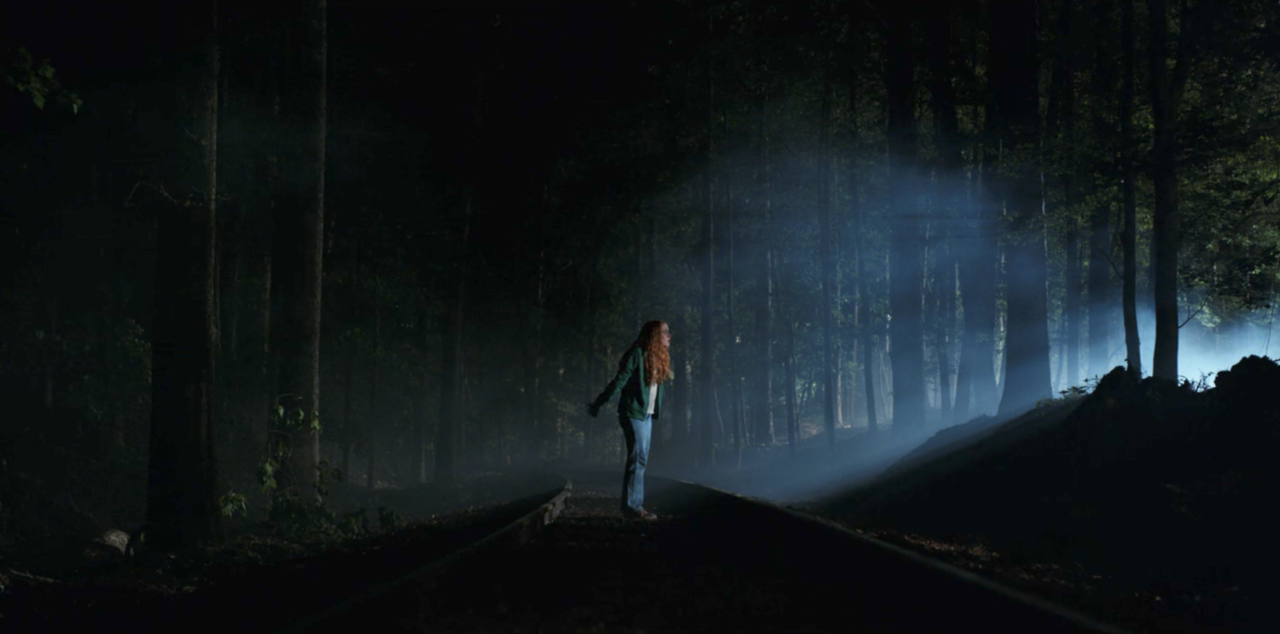
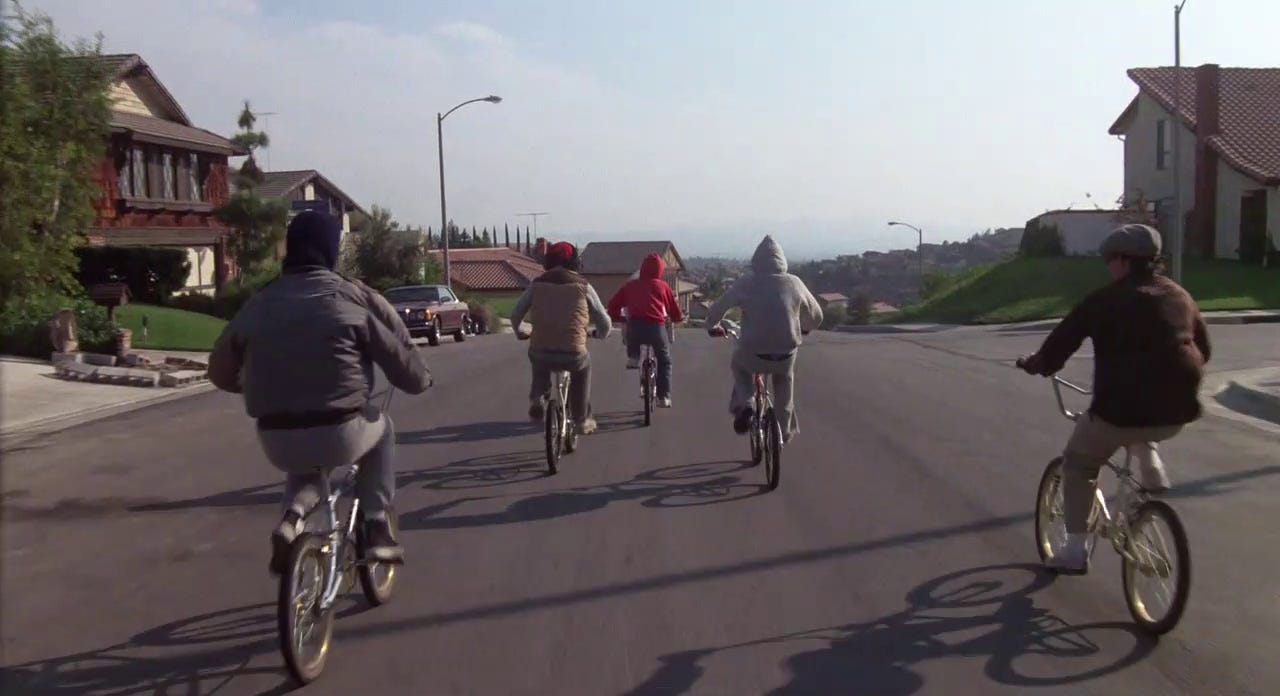
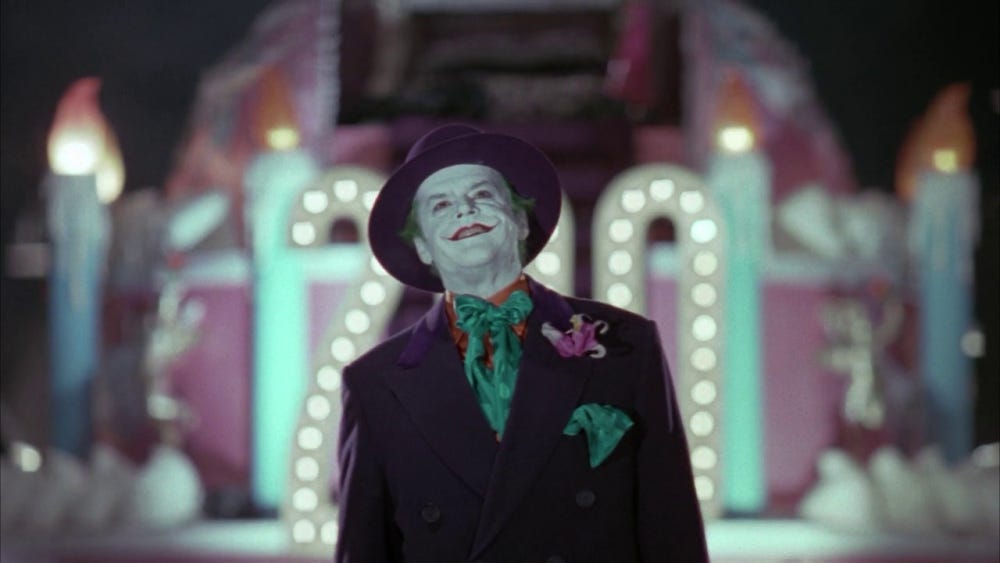
Mga Komento
Mag-post ng isang Komento